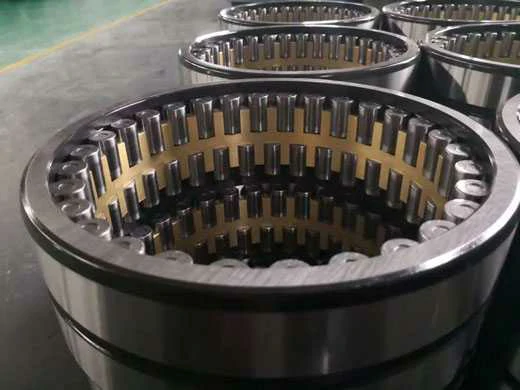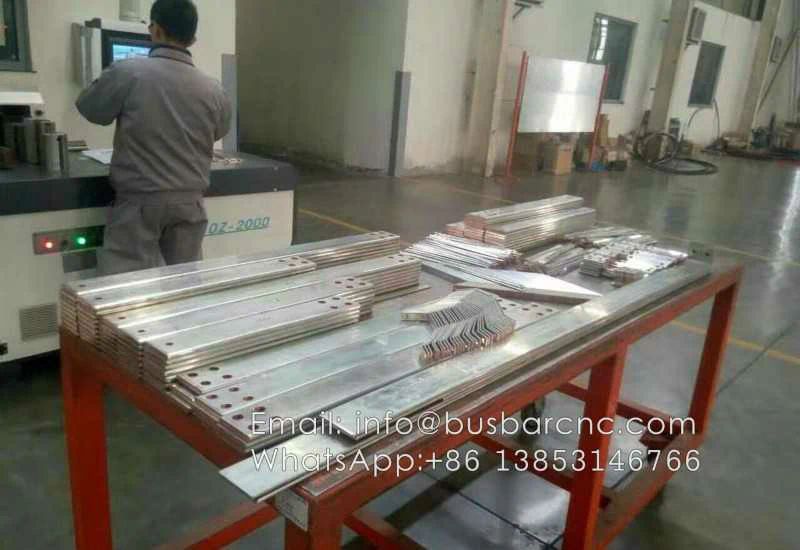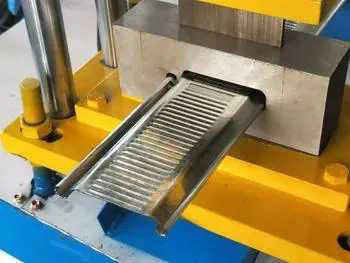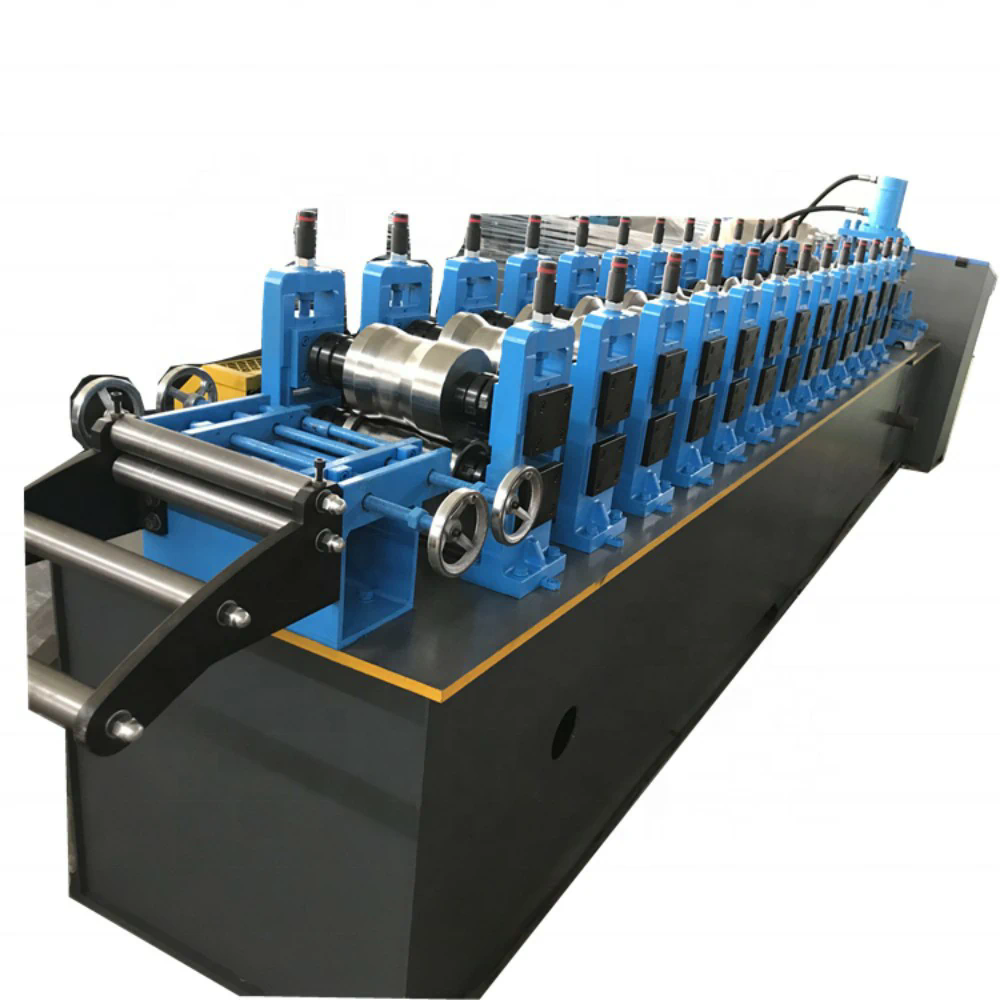Tapered roller bearings are an essential component in various industrial applications, playing a crucial role in enabling rotational motion with reduced friction and support for radial and axial loads. Understanding the basics of tapered roller bearings, their design, applications, and maintenance is vital for ensuring optimal performance and longevity. In this comprehensive guide, we will delve into everything you need to know about tapered roller bearings.
The Basics of Tapered Roller Bearings
Tapered roller bearings are designed to handle both radial and axial loads, making them suitable for applications where high radial and axial forces are present. They are constructed with inner and outer rings, as well as tapered rollers and a cage, all of which work together to provide low-friction rotation while maintaining the ability to support heavy loads. The inner and outer rings of the bearing are designed with tapered raceways, and the rollers are arranged in such a way that their apexes converge at a common point on the bearing’s axis. This design enables the bearings to handle both radial and thrust loads efficiently.

Design and Variations
Tapered roller bearings come in various designs and configurations to meet the specific requirements of different applications. Single-row, double-row, and four-row configurations are common, each offering unique load-bearing capabilities and performance characteristics. Single-row tapered roller bearings are the most widely used and are capable of handling radial and axial loads in one direction. Double-row tapered roller bearings, on the other hand, can accommodate radial and axial loads in both directions, making them suitable for applications with higher load demands. Four-row tapered roller bearings are designed to support extremely heavy radial and axial loads and are commonly used in rolling mill applications.
Additionally, tapered roller bearings are available in different cone and cup configurations, including metric and inch series, allowing for interchangeability and compatibility with various equipment and machinery. The design and material composition of the cage, as well as the surface finish of the rollers and raceways, also play a significant role in the performance and durability of tapered roller bearings.

Applications of Tapered Roller Bearings
Tapered roller bearings find widespread usage in a myriad of industrial applications, ranging from automotive and aerospace to construction and mining. In automotive applications, they are commonly used in wheel hubs, gearboxes, and differentials, where they provide reliable support for radial and axial loads while withstanding the rigors of constant motion and varying road conditions. In the aerospace industry, tapered roller bearings are utilized in aircraft landing gear systems, engines, and transmissions, where their high load-carrying capacity and shock resistance are paramount. Moreover, their versatility and ability to handle heavy loads make them indispensable in heavy machinery and equipment, such as mining equipment, construction machinery, and agricultural implements.
The precision and durability of tapered roller bearings also make them suitable for use in machine tool spindles, where high rotational speeds and precision are critical. Additionally, they are employed in railway rolling stock, providing reliable support for wheels and axles in locomotives and railcars. The diverse applicability of tapered roller bearings underscores their importance across numerous industries.
Maintenance and Lubrication
Proper maintenance and lubrication are essential for ensuring the reliable performance and longevity of tapered roller bearings. Regular inspection for wear, damage, and proper preloading is crucial to prevent premature failure and costly downtime. When it comes to lubrication, selecting the right type of lubricant and ensuring proper lubrication intervals are imperative. Grease and oil are commonly used lubricants for tapered roller bearings, and the choice between the two depends on factors such as operating speed, temperature, and load.
Grease is often preferred for its ability to retain within the bearing, providing continuous lubrication and sealing out contaminants. Oil lubrication, on the other hand, is suitable for high-speed applications and environments where heat dissipation is critical. Proper relubrication intervals must be adhered to, and the amount of lubricant should be carefully monitored to avoid overfilling or under-lubrication, both of which can lead to bearing damage. In some cases, automatic lubrication systems are employed to ensure consistent and precise lubrication, particularly in large industrial setups with multiple bearings.
In conclusion, understanding the fundamentals of tapered roller bearings, including their design, variations, applications, and maintenance, is crucial for anyone working with rotating machinery and equipment. With their ability to handle high radial and axial loads, tapered roller bearings are indispensable across various industries, providing reliable support for critical components and enabling the smooth operation of mechanical systems. By adhering to proper maintenance practices and ensuring adequate lubrication, the longevity and performance of tapered roller bearings can be maximized, contributing to the efficiency and reliability of industrial processes and equipment.
.webp)



